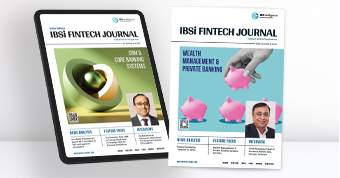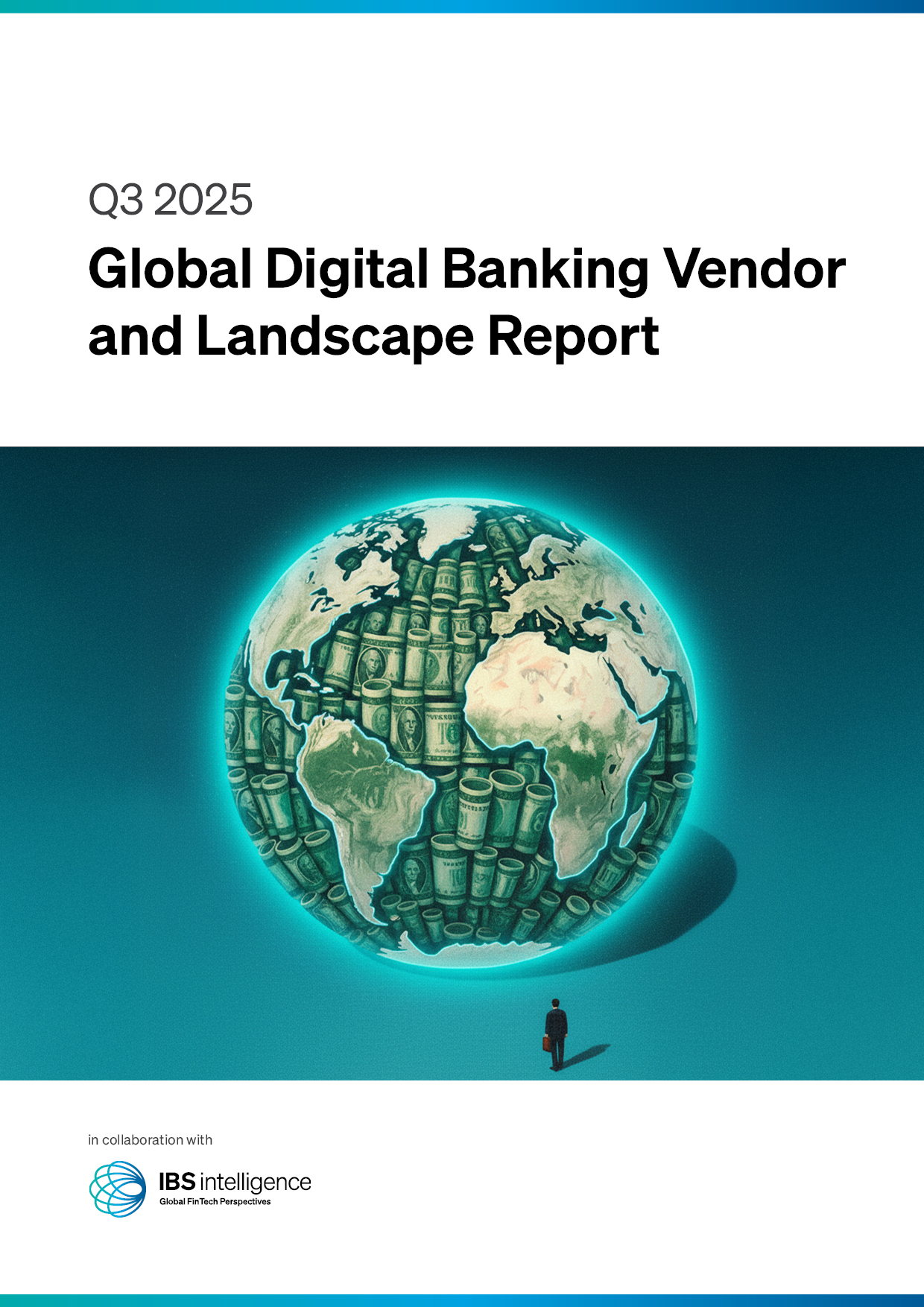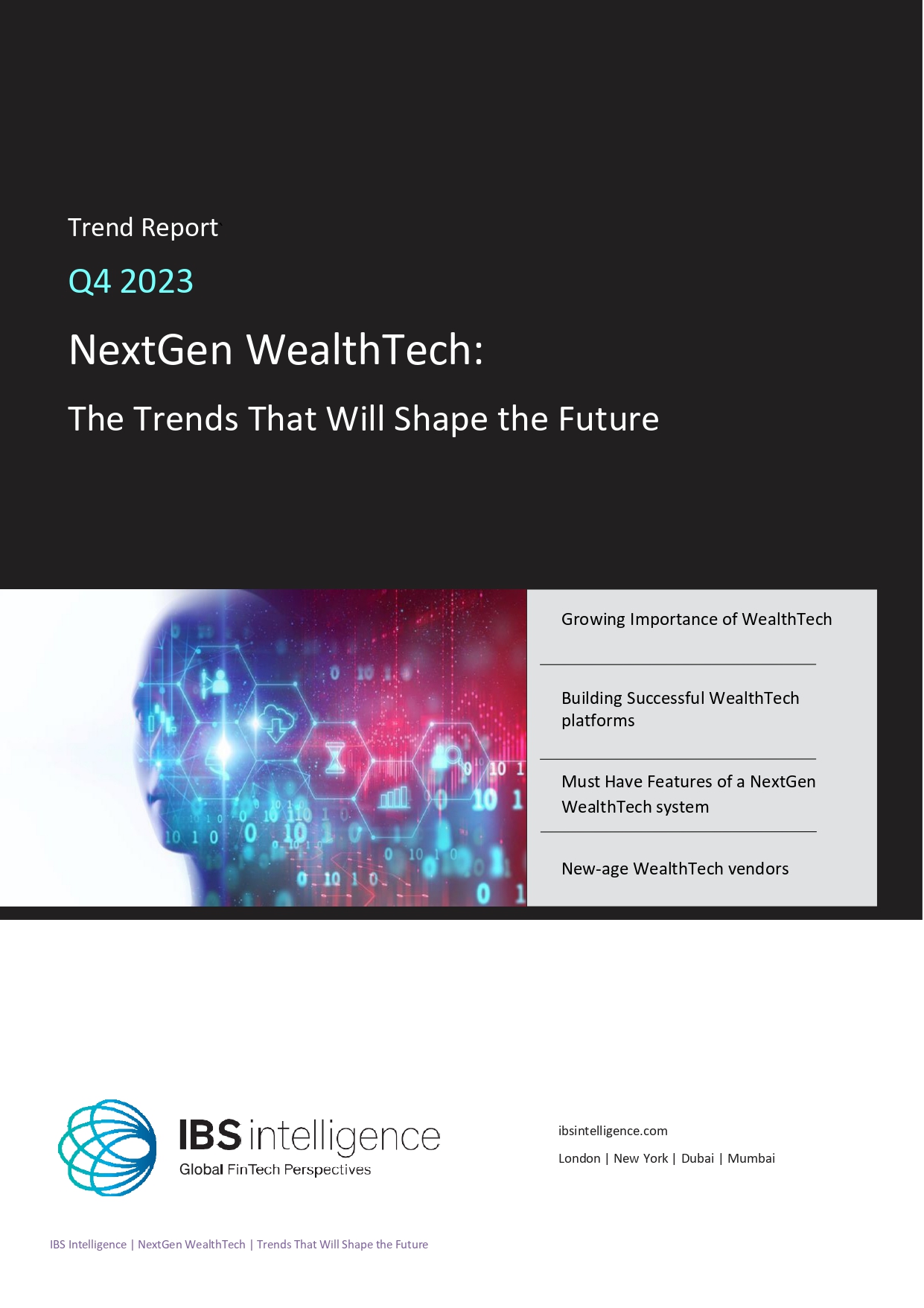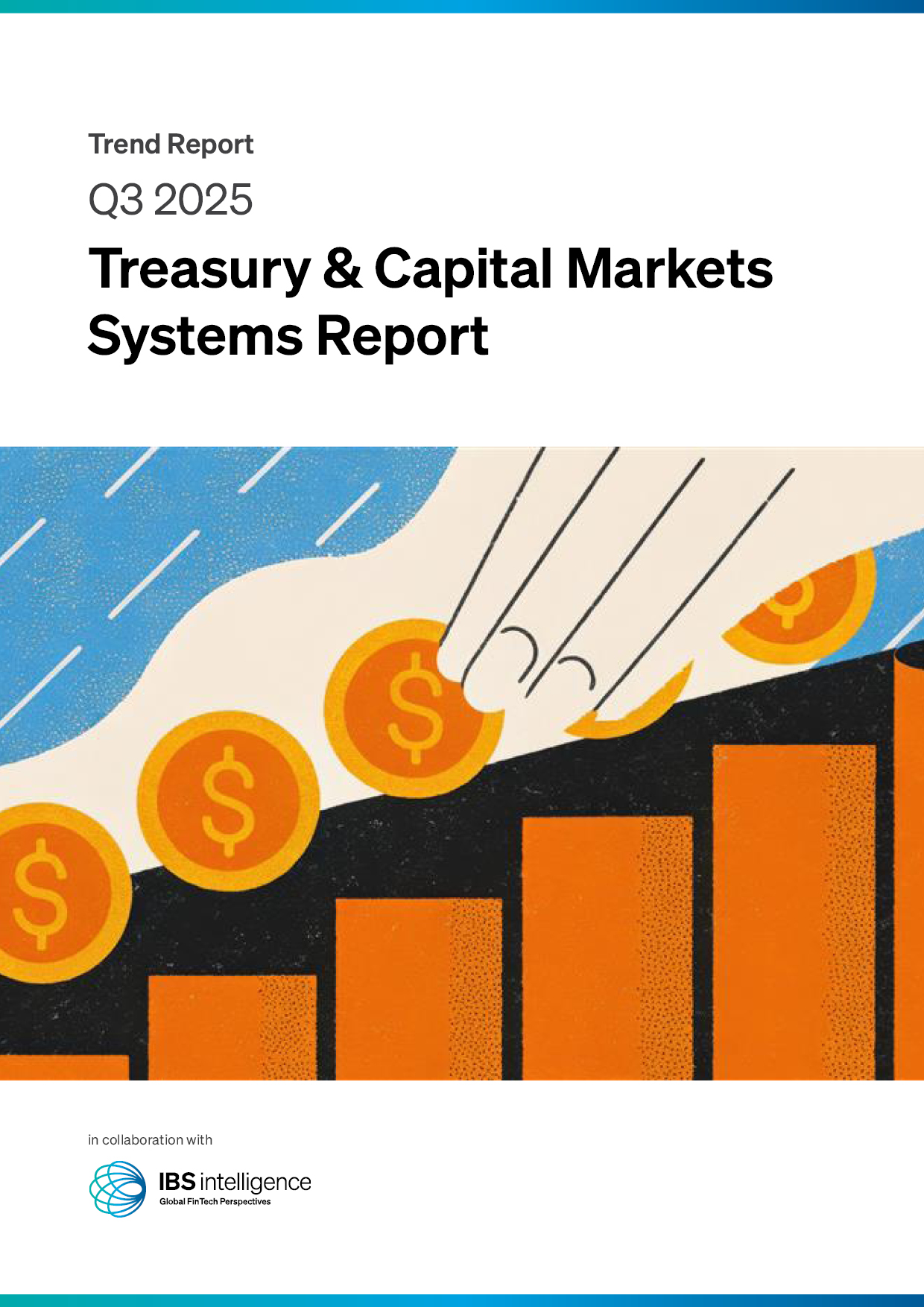 Back
Back
How can the banking industry get its enterprise AI data right?

By Manish Sood, CEO at Reltio
With the global banking and financial services industry catching up on artificial intelligence, cloud transformation and digital, they have found innovative ways to grow in light of challenging markets. The Bank of England found that the majority (75%) of financial services institutions were using AI in 2024, with 10% planning to use this technology over the next three years. However, this drive toward AI is being hindered by banks having siloed, fragmented and incomplete data due to the mix of legacy and modern systems.
So, what can banks do to overcome these obstacles and ensure that their journey to using AI effectively is fruitful?
The hurdles to successful AI-driven enterprise data integration
Bank leaders need to understand the barriers to AI deployment. These include poor data quality, incomplete and siloed data that is not trusted and an inability to explain the technology. While long recognised as a by-product of how IT evolves in a bank, data silos continue forming as banks add specialised tools to solve particular business challenges. It is because how each tool generates its data, there is more significant fragmentation, with more data being held in silos. This is not simply a problem with legacy systems but relates to modern applications, too.
As banks continue to scale their operations and add more applications to their systems, it creates even more data, which is stored in isolation. This issue continues to worsen as banks rely on a number of third-party platforms, which all make their data stored in their hubs. In fact, the 2024 Data Leader Survey highlighted that 82% of respondents said that over 40% of their organisation’s data is derived from over 50 applications. With a lack of collaboration between parties, the bank and external partners, it creates even more silos. This prevents financial services organisations from gaining a complete and accurate view of their operations and their customers. Consequently, this makes it challenging for these businesses to leverage data for accurate AI-driven insights, efficient decision-making and seamless customer experiences.
Overcoming the obstacles with a unified data strategy
As banks continue their drive toward AI, these plans are often stalled by inconsistent and fragmented data, which jeopardises their success. Even those financial services organisations that have mature data governance frameworks still face persistent data silos that hinder their AI initiatives.
With budgetary constraints being named as one barrier to digital transformation, banks must make the most of these transformation efforts. Financial services organisations must break down data silos to drive their AI-driven initiatives. They must also make sure that the data, which is fed into these models are of high quality, complete and trusted. Banks can achieve this through a strong data unification strategy. This will also help them as they provide services to customers. This is because trusted, unified data will give the service agent or chatbot a full view of the customer and enable personalised and proactive services.
When transforming operations, banks should focus on customer-centric initiatives, with a strong drive toward customer 360 views to enhance experiences and create operational efficiency. The survey found that data leaders across all sectors, including banking, plan to upgrade data architecture within the next 12 months to improve the unification and management of data across their enterprise.
With financial services organisations focusing on scaling their operations by, in part, adding more third-party applications, their issues of siloed data will only continue to snowball. To ensure that banks successfully grow their operations and get their data right for enterprise AI usage, they must leverage a modern data unification platform. This way, they will be able to consolidate data and deliver trusted and timely insights to their customers.
IBSi News

December 04, 2025
Banking Transformation
KAST rolls out KAST Pay for faster international transfers
Read MoreGet the IBSi FinTech Journal India Edition
- Insightful Financial Technology News Analysis
- Leadership Interviews from the Indian FinTech Ecosystem
- Expert Perspectives from the Executive Team
- Snapshots of Industry Deals, Events & Insights
- An India FinTech Case Study
- Monthly issues of the iconic global IBSi FinTech Journal
- Attend a webinar hosted by the magazine once during your subscription period
₹200 ₹99*/month
* Discounted Offer for a Limited Period on a 12-month Subscription
IBSi FinTech Journal

- Most trusted FinTech journal since 1991
- Digital monthly issue
- 60+ pages of research, analysis, interviews, opinions, and rankings
- Global coverage
Other Related Blogs
November 24, 2025
The Future of Trust in Insurance: Why Data Verification Is the New Risk Shield
Read MoreNovember 20, 2025
1.2 Billion Bank Accounts and Still Financially Excluded: What Are We Missing?
Read MoreNovember 03, 2025





